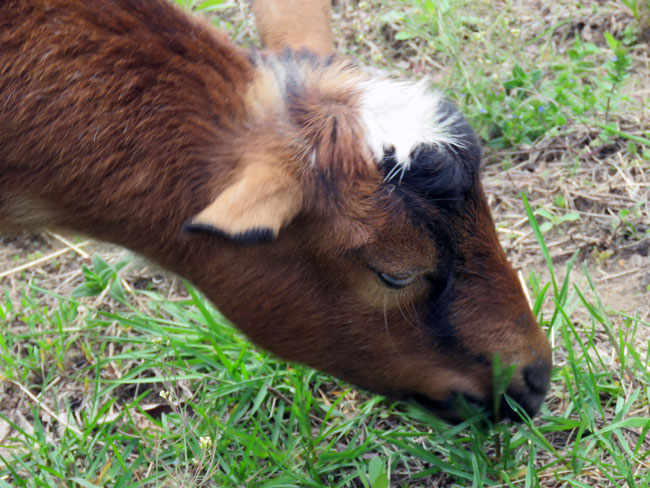A book on the new arrivals shelf at our local library caught my eye. I snatched it quickly, as if I feared someone else might have been around to grab it before I did. The Rooster House: My Ukrainian Family Story, is a deeply moving memoir by Victoria Belim, who was born in Ukraine and then emigrated to America with her mother and stepfather when she was 15 years old. Many years later, after Russia seized Crimea in 2014, she felt pulled to return to Ukraine for a lengthy visit with her aging grandmother Valentina, who was still living in the village of Krutyy Bereh.
The book started with two of my favorite things, a family tree diagram and a map of the villages in Ukraine where the stories of the lives of the author’s ancestors and relatives unfolded. Central to the story was the Rooster House, an attractive mansion in the city of Poltava, with two red roosters flanking the door. But to her late great-grandmother Asya it had been a sinister place to be avoided, the home of the secret police.
Back in February 2022 I wrote a short post about Russia invading Ukraine and the vague memories that event stirred up for my sister and me. See post here. Ever since I have been wondering about those possible genetic memories.
My father once told me that when he was 4 years old, in 1926, his father was finally able to send for his 18 year-old sister, who grew up in Ukraine with their grandparents. When she came to live with her family in America she brought with her some notions that were puzzling to the rest of her siblings. Once, my father went up into the attic to play with a couple of his friends. When his sister heard them having fun up there she came up the stairs and scolded him severely. Didn’t he know that attics are where families keep their secrets?
While visiting her grandmother Valentina, Victoria Belim found and started reading her great-grandfather’s journal about their family. In it was a short underlined sentence mentioning one of his brothers: “Brother Nikodim, vanished in the 1930s fighting for a free Ukraine.” And so began a very long and frustrating search for Belim’s great-granduncle Nikodim’s story, which very sadly, finally led her to the guarded archives at the Rooster House.
Reading about Nikodim reminded me that I also have a mystery in my Ukrainian family. In 1999, when my aunt was 91 years old, I had a chance to interview her about the grandparents, aunts and uncles she left behind, but kept in touch with, in Ukraine. She was very reluctant to share anything and only met with me after being somewhat persuaded to by another aunt. One thing she did reveal was that her uncle had served in the Austrian army and later studied to be a teacher in the Soviet Union. At some point he went to Czechia. He is thought to have been killed by Stalin when he returned to Ukraine. I wondered what ‘being killed by Stalin’ involved. This book gave me some ideas about what life was probably like for my father’s aunts and uncles during those years.
My portrait of Ukraine is personal, tracing my own story against the tidal wave of Ukrainian history. At the same time the book reveals the complicated nature of Ukrainian identity and the country’s difficult relationship with its Soviet past. As such, The Rooster House explains the context in which the current war takes place.
~ Victoria Belim
(The Rooster House: My Ukrainian Family Story)
What I appreciated so much in this book was those personal details, how her family made the best of things in the midst of so much turmoil, over many years and several generations. I loved reading about how much their gardens meant to them, how they cared for their cherry orchard. I was surprised to learn about how culturally important Ukrainian embroidery is, not just used for clothing, but also for ritual cloths used in weddings and funerals. Some patterns had hidden meanings, handed down in families. They hung on to their scant possessions, they were students and teachers, all while suffering through famine and random arrests and interrogations, and adapting to never-ending changes in circumstances, including the nuclear disaster at Chernobyl.
They had no jewels passed down from illustrious forebears and no books of family trees. They knew of their distant ancestors only by virtue of their own existence. They left few traces. It was hard to accumulate belongings and uninterrupted history when one lived in a place referred to as ‘the bloodlands’, ‘the borderland’, or ‘the frontier’. Asya and Sergiy lived through many upheavals in the twentieth century and their way of life was swept away by one tsunami of events after another. In the end, anything that survived was valued simply because it had emerged out of the chaos. My mother and aunt disputed ownership of Asya’s chipped cups from the 1930s with the passion of Greeks talking about the repatriation of the Parthenon marbles.
~ Victoria Belim
(The Rooster House: My Ukrainian Family Story)
How the author finally encouraged her reluctant grandmother and cousin to talk about the past was heartwarming. It took multiple extended visits to Ukraine for her to connect all the dots, but thanks to her persistence and research skills Victoria Belim’s family now has this beautifully written book to treasure, a record of the lives of their ancestors and relatives, and what she went through to find some of their stories.
























































